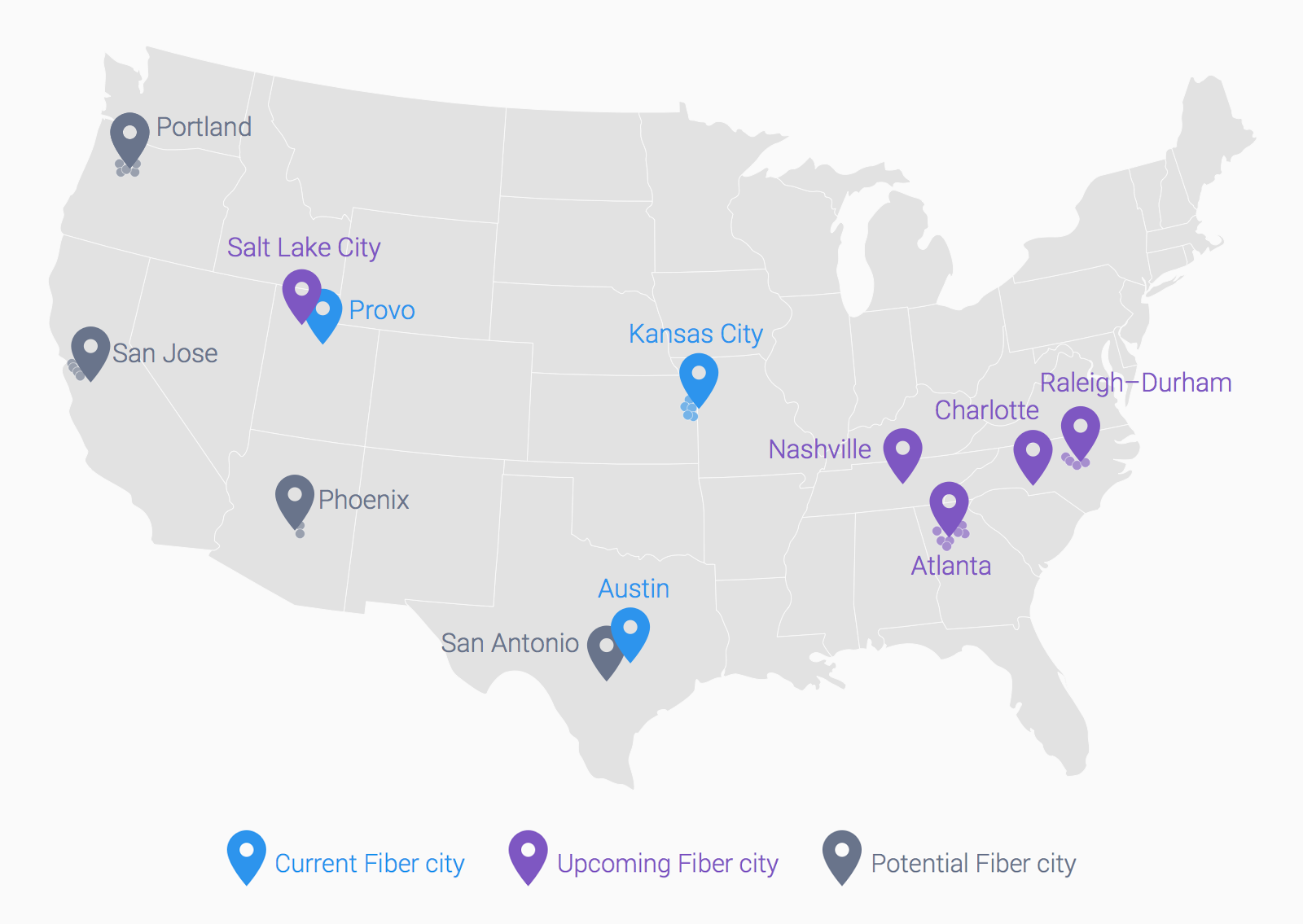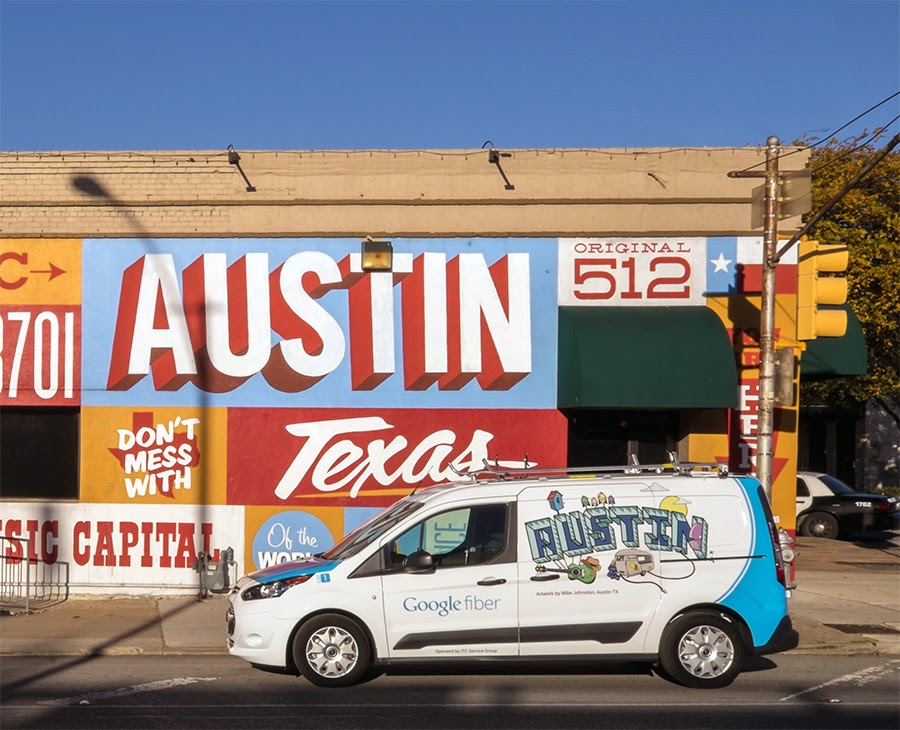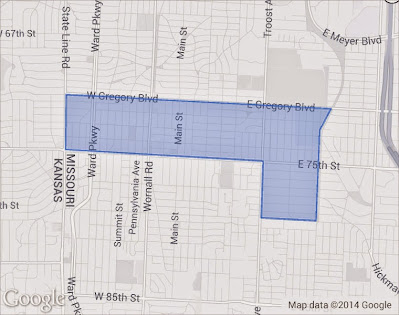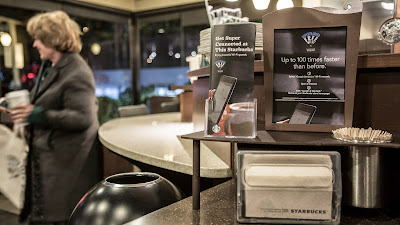Ed note: In this installment of our Google Fiber Behind the Scenes series, Erica Swanson, head of community impact programs for Google Fiber, shares what she‘s learned about the challenges that communities face in closing the digital divide, and what her team does to help.
Because of the Internet, we have access to more information than at any other time in history. With a few clicks, we can find answers to simple questions (“
how to boil an egg”) or explore complicated topics (“
Is Pluto a planet?”). And more than ever, the Internet connects us to opportunity — it’s where we go to prepare homework assignments, apply to college, or look for a job. But with roughly 60 million people not yet using the Internet, the U.S. still has a long way to go before everyone is connected.
Unfortunately, while the effects of this digital divide are easy to see, the solutions are less obvious. This is a long-term, complex problem — and creating change requires time, a sustained commitment, and close collaboration with local partners who can make progress day by day.
When people
are asked why they don’t have the Internet, they cite reasons you’d expect, such as cost (19% of non-Internet users). But
research also shows that 34% of people who don’t use the Internet don’t yet see it as relevant to their lives, and 32% cite usability as an obstacle. The good news is that cities, community organizations, and Internet service providers like Google Fiber are working to address these issues by making digital inclusion a local priority, finding new ways to collaborate, and meeting non-Internet users where they are.
My team and I recently visited all nine of the
metro areas where we are considering expanding Google Fiber. Well before the first fiber is laid, we wanted to meet with city and community leaders to start exploring how we can work together to connect more people. So much of what we heard and saw was inspiring: an “
Anytime Access for All” initiative in Nashville;
Avenida Guadalupe’s computer basics classes in San Antonio; and CFY Atlanta’s
Digital Learning Program are just a few examples.
These visits were also a chance for us to share how we can build on the good work that local leaders are already doing:
Make the Internet more affordable
Google Fiber offers people one of the most affordable ways to get online, and it’s available to anyone in a fiberhood who wants it — regardless of income. In existing markets, we offer a connection to basic Internet speeds for just a $300 construction fee (or $25/month for 12 months). Homes then get free Internet for seven years, which comes out to a savings of about $900 over seven years compared to other basic offerings. For people in apartment buildings whose landlords sign up for Fiber, the service is completely free. Importantly, Fiber helps people “future-proof” their home Internet — anyone who signs up for our basic service can switch up to gigabit speeds anytime.
Make access a part of the community
For many people, public computing centers and community organizations serve as the on-ramp to the Internet. We’re hooking up hundreds of neighborhood institutions through our
Community Connections program so people in Google Fiber cities have a place where they can get access to gigabit speeds, even if they don’t yet want the Internet at home.
Show people why the Internet matters
Our rally model, which asks fiberhoods to come together to meet a registration goal for Fiber, sends us out into communities to talk one-on-one with people about how the Internet can be useful in their daily lives. In Kansas City’s
Blue Hills neighborhood, Google Fiber and neighbors came together to rally for Fiber in 2012. Recently in Provo, we partnered with the United Way to spread the word in low-income areas and encourage people to sign up. National broadband
experts say this hyper-local outreach is helping to spur demand and interest in the Internet.
Teach people how to get online
Working with partners, we create programs that help people learn how to do things like power on a computer, use a search engine, or open an email account. For example, in Kansas City, Provo and Austin, we’re working with local universities to build teams of digital literacy trainers through our Community Leaders Program. We recruit and train college students, then match them with local organizations to run digital literacy programs in the community. And in Kansas City, Google joined local companies to help launch the
Digital Inclusion Fund to support local nonprofits and community organizations that are helping people take full advantage of the Internet.
G
Google Fiber started with a goal to make the Web faster — for everyone. We also have a goal to make it more affordable, more relevant, and more useful. It takes a lot more than wires to bridge the digital divide, and we can’t do it alone. We don’t expect to. Instead, we’re working alongside partners to chip away at the problem and get more people connected.
PS — We're looking for Community Impact Managers now in a number of cities. Interested? Find
more info here.
Posted by Erica Swanson, Head of Community Impact Programs











.jpg)